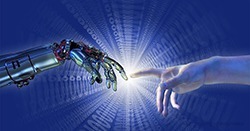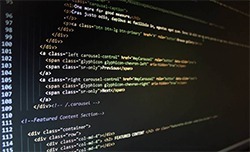Transforming business operations is a constant need, and the pandemic-prompted emphasis on modernizing legacy computing systems has forced organizations across industries to accelerate their modernization plans. The problem with mainframe modernization, however, is that today’s code search tools, linters, and program analysis tools are deficient when it comes to mitigating the risks associated with improving and even simply maintaining legacy systems.
Phase Change President Steve Brothers recently authored a contributed article for DevOps.com about how artificial intelligence (AI) tools can help developers work more productively and decrease the risks associated with legacy system modernization and maintenance.
The article, "How AI Can Improve Software Development," explains how today's bug localization, code visualization, and error detection tools don't actually identify specific lines of code that require change. And, once the code is identified, developers are still required to build mental models of their applications to make sure any source code changes don't make even more bugs or crash the entire system.
Through intelligence augmentation, AI can automate the identification of specific lines of code that require change – developers simply ask the AI-driven knowledge repository where unwanted behaviors are coming from, and the AI quickly identifies the code associated with that behavior. Also, before the developers compile or check in the new code, the AI can forward simulate the changes and validate that they won't create more problems or break the system.

















